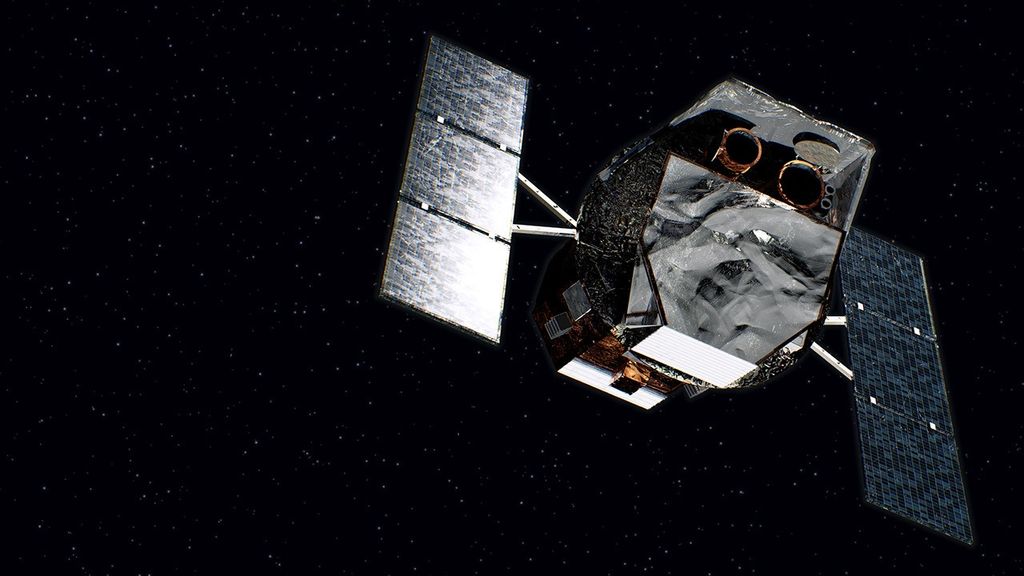
NGC 2336
NGC 2336 is the quintessential galaxy — big, beautiful, and blue — and it is captured here by the NASA/ESA Hubble Space Telescope. The barred spiral galaxy stretches an immense 200,000 light-years across and is located approximately 100 million light-years away in the northern constellation of Camelopardalis (the Giraffe). Its spiral arms glitter with young stars, visible in their bright blue light. In contrast, the redder central part of the galaxy is dominated by older stars. NGC 2336 was discovered in 1876 by German astronomer Wilhelm Tempel, using a 0.28 meter (11 inch) telescope. This Hubble image is so much better than the view Tempel would have had — Hubble’s main mirror is 2.4 meters (7.9 feet) across, nearly 10 times the size of the telescope Tempel used. In 1987, NGC 2336 experienced a Type-Ia supernova, the only observed supernova in the galaxy since its discovery 111 years earlier. For more information: https://www.nasa.gov/image-feature/goddard/2021/hubble-beholds-a-big-beautiful-blue-galaxy
- X




























